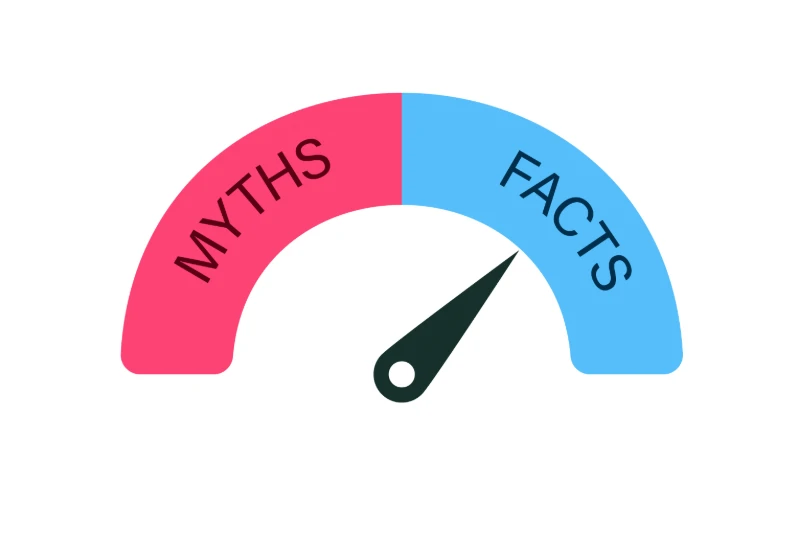Is Spring the Right Time to List Your Home? Here’s What to Consider
Spring Brings More Than Just Sunshine As the weather warms up and the days get longer, many homeowners start asking…
What Is Escrow and Why Do I Need It?
Understanding Escrow Accounts When you’re buying a home, you’ll hear a lot of new terms—one of the most important is…
Credit Health and Mortgages: What to Know Before You Apply
Credit Matters More Than You Think When preparing to buy a home, your credit score becomes more than just a…
Spring 2025 Housing Market: What Buyers Need to Know
Why Spring is a Prime Time for Real Estate Spring consistently ranks as one of the most active seasons in…
Should You Buy a Home and Renovate or Buy Move-In Ready?
When it comes to buying a home, one of the big decisions many buyers face is whether to purchase a…
How to Improve Your Mortgage Approval Chances
Getting approved for a mortgage is an exciting step toward homeownership, but it requires careful financial planning. Lenders look at…
Common Mortgage Myths Debunked
When it comes to getting a mortgage, there’s no shortage of misinformation. Many homebuyers, especially first-timers, hesitate to apply because…
How to Choose the Right Mortgage Lender or Broker
Choosing the right mortgage professional is a critical step in the home-buying process. Whether you work with a mortgage lender…
The Do’s and Don’ts of Applying for a Mortgage
Applying for a mortgage is an exciting step toward homeownership, but it’s important to approach the process carefully. Certain financial…
How Rising Interest Rates Impact Your Homebuying Power
Interest rates are one of the most important factors to consider when buying a home. They directly influence how much…
5 Tips for First-Time Homebuyers
Buying your first home is an exciting milestone, but it can also feel overwhelming. As a first-time buyer, you’re likely…
The Importance of Building Equity in Your Home
For many homeowners, building equity is one of the most rewarding aspects of owning a property. Equity represents the portion…












